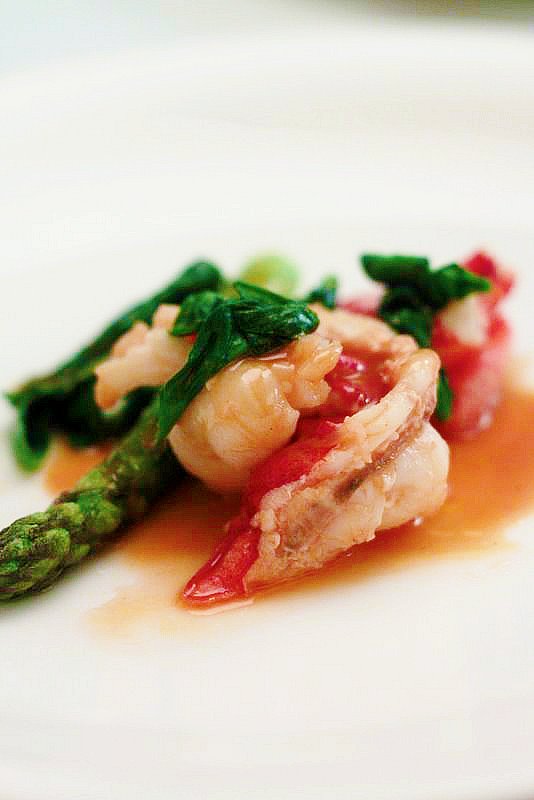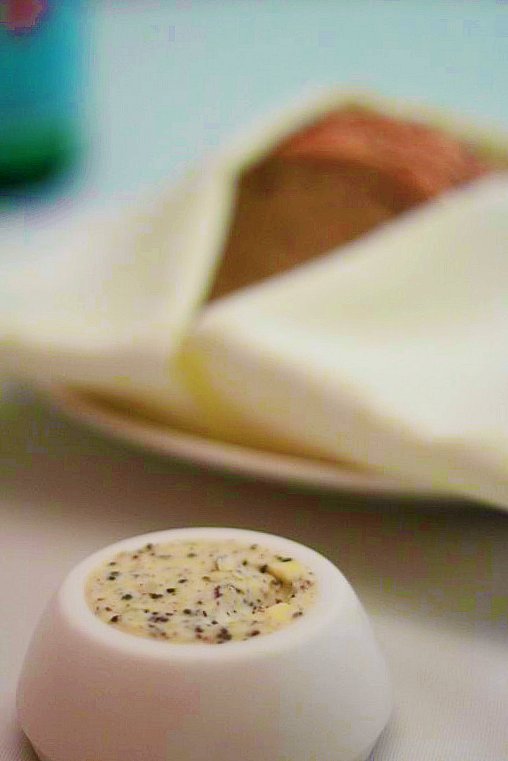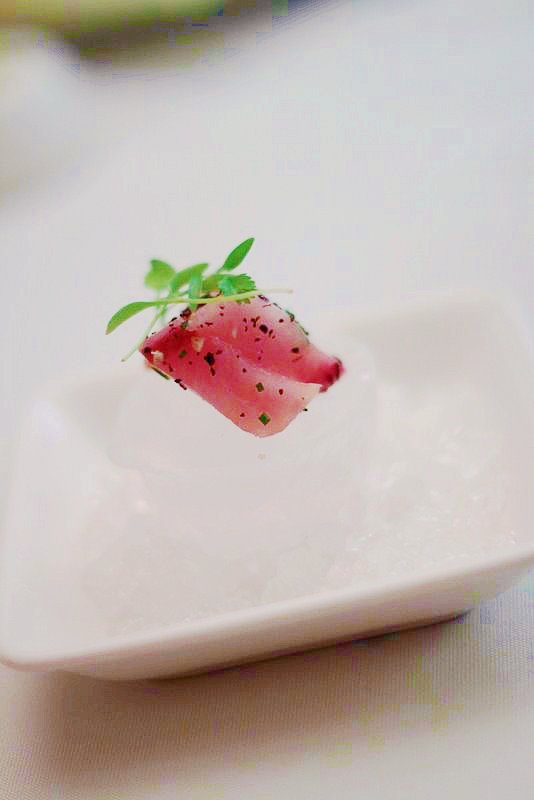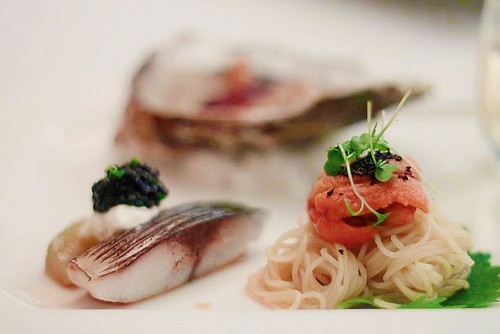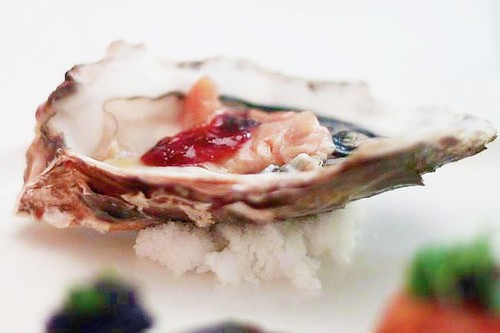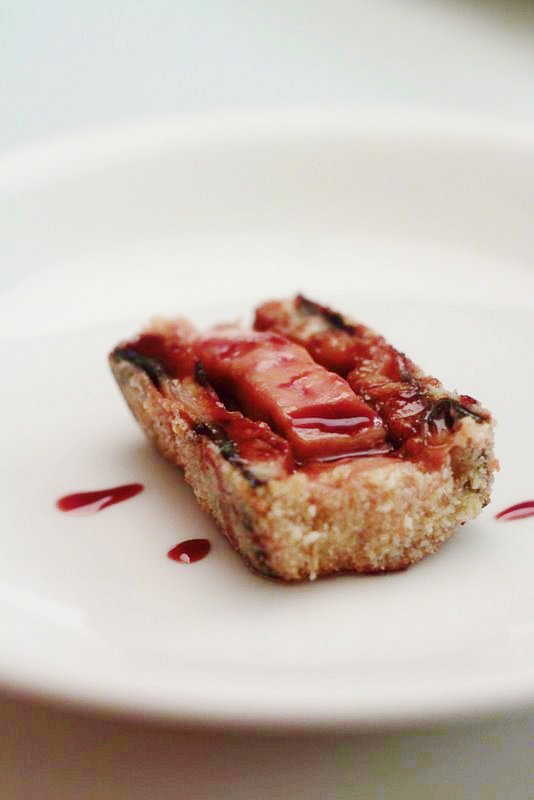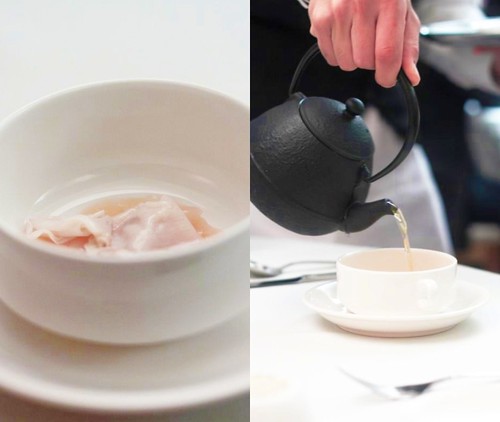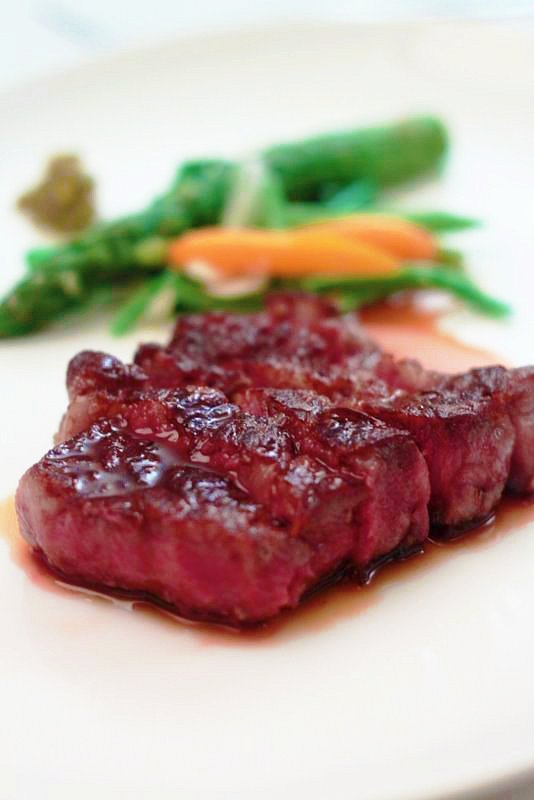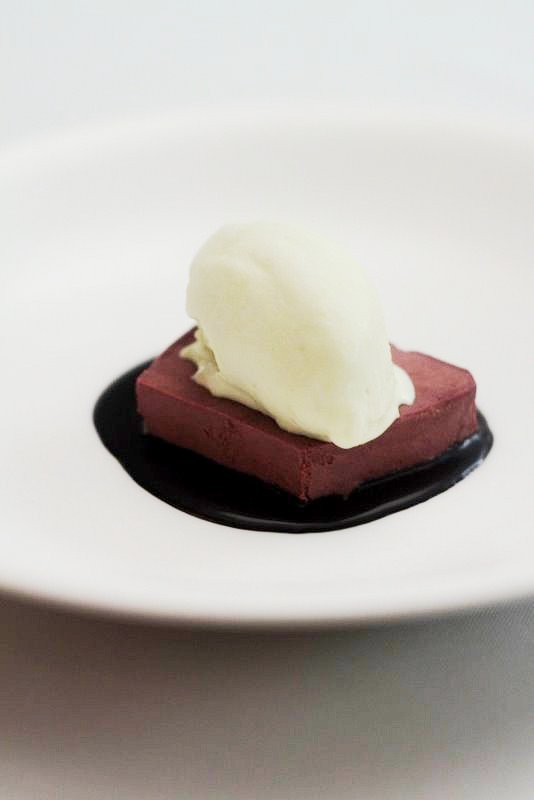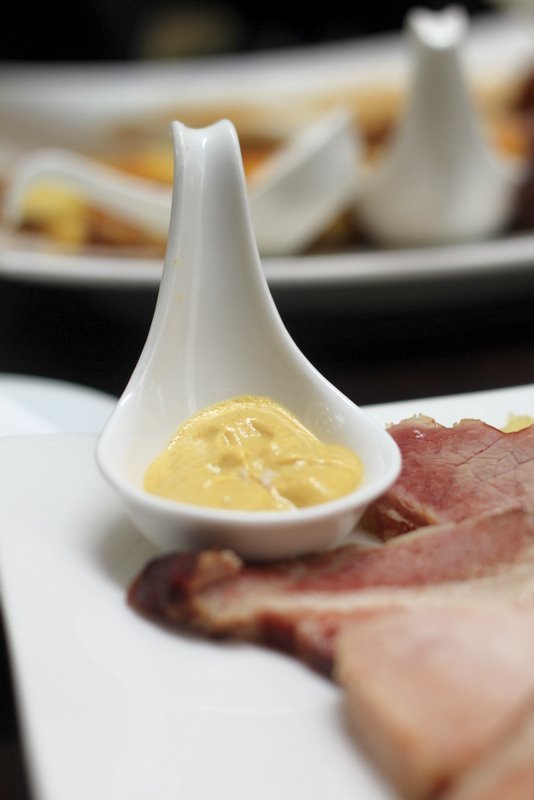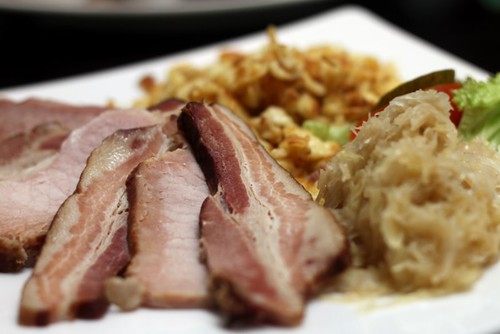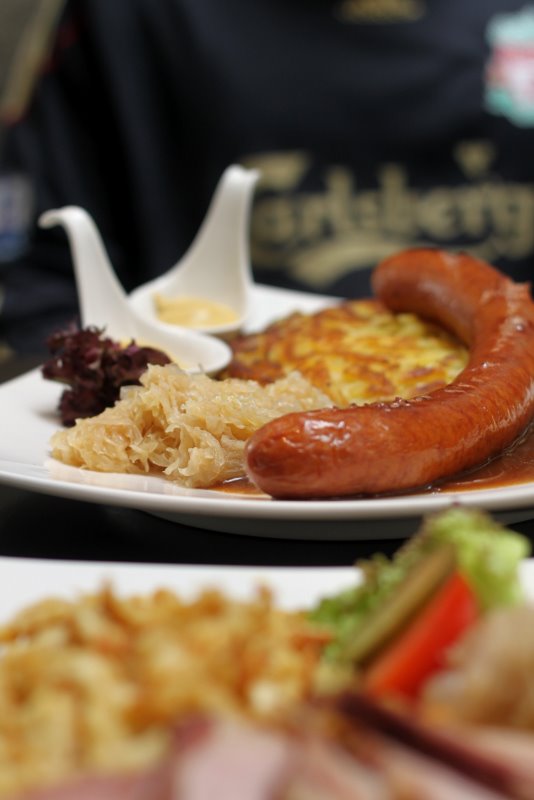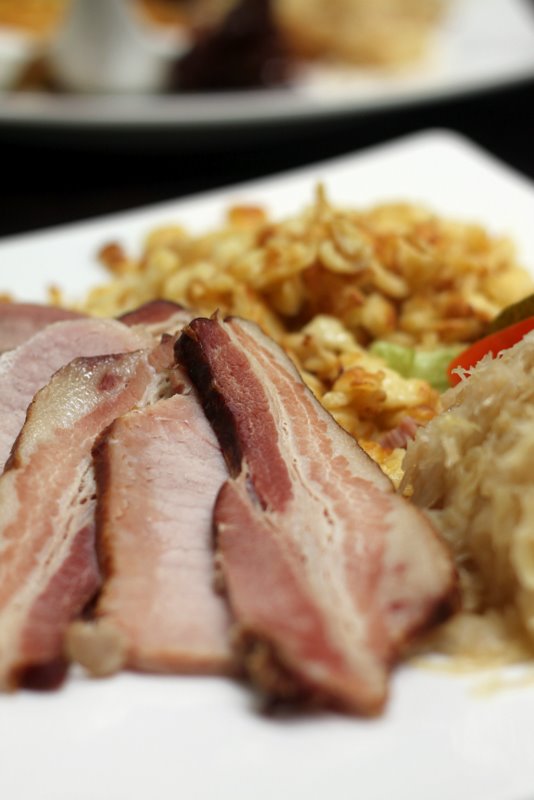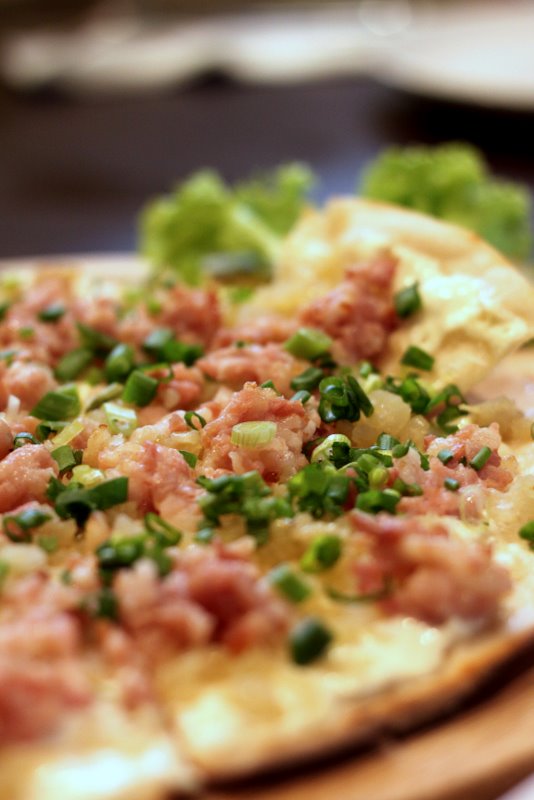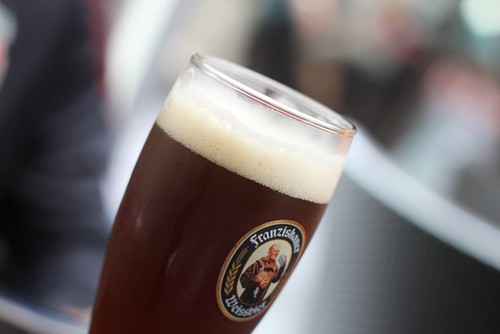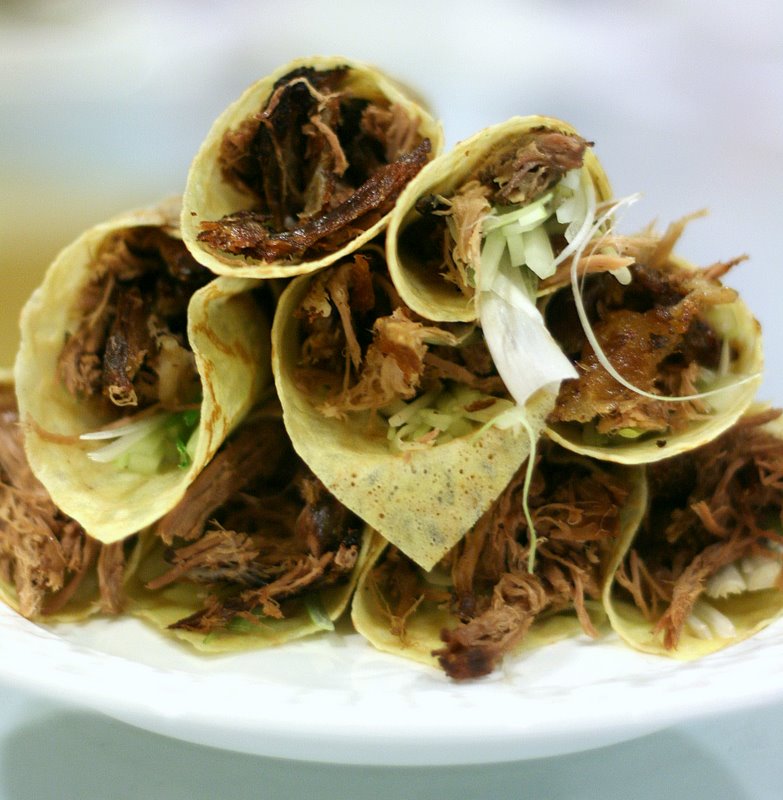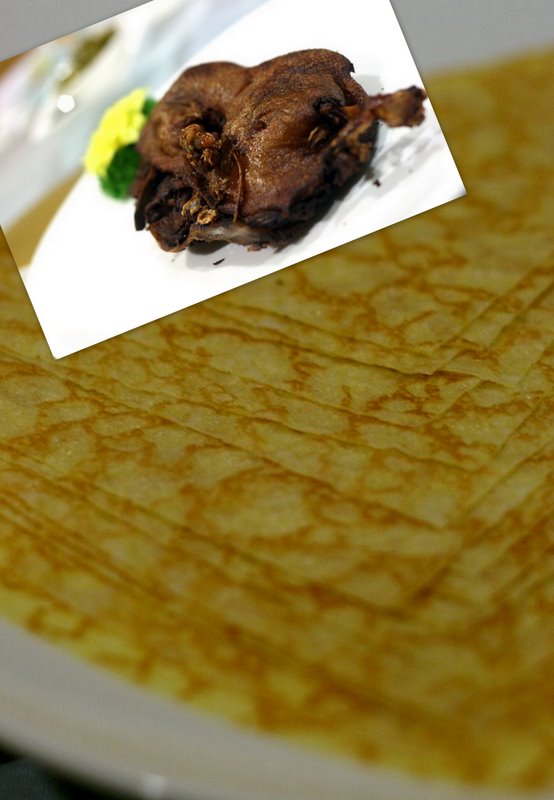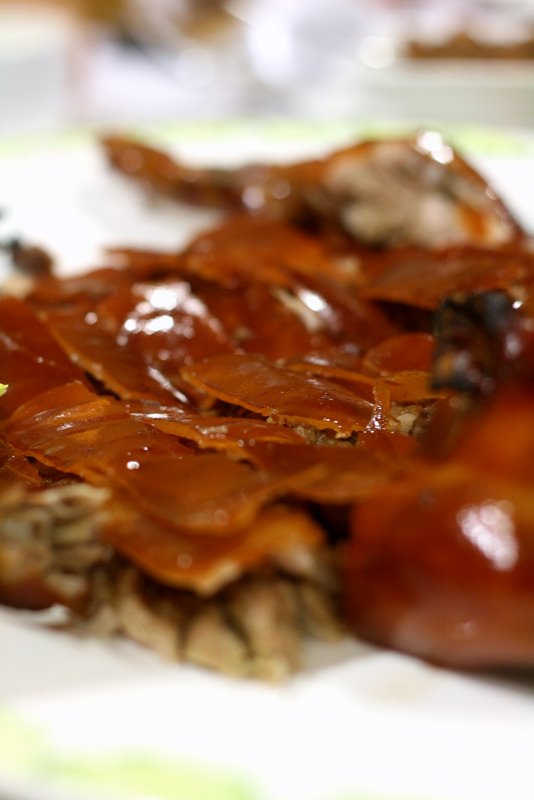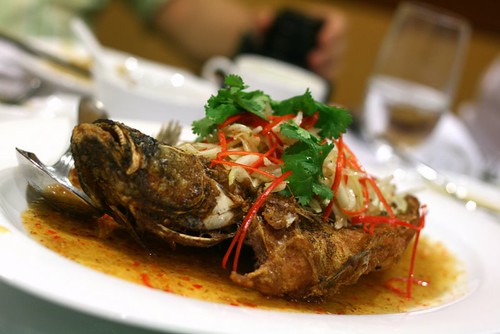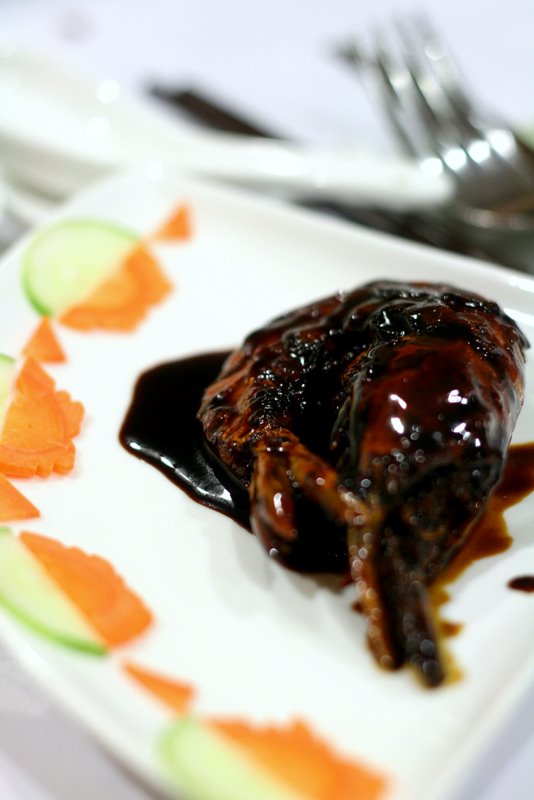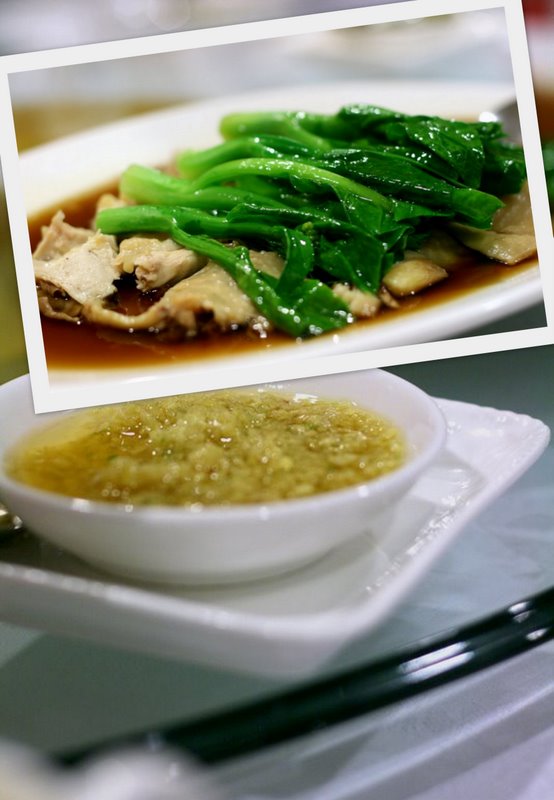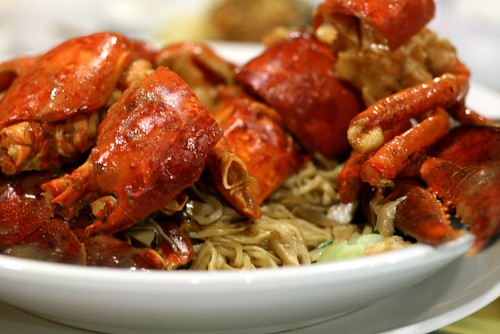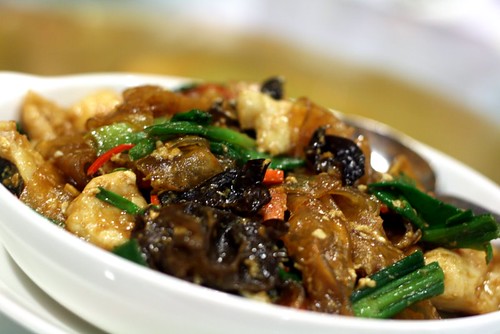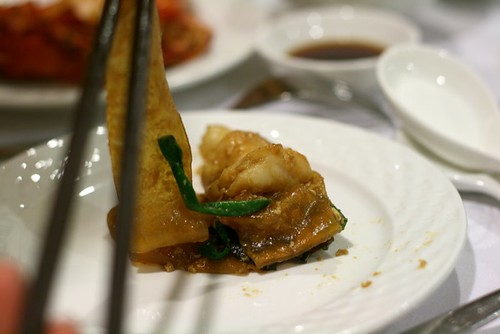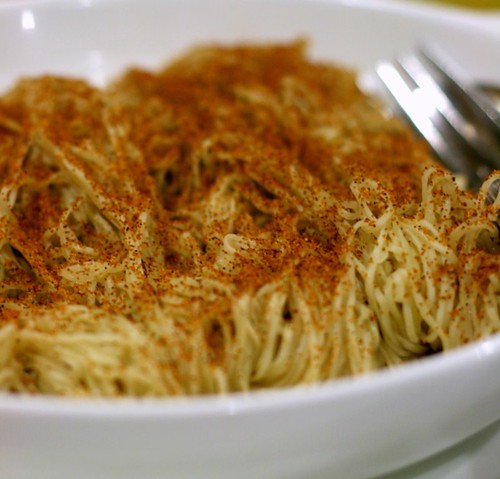Cilantro opened its doors last week after being closed for over a year due to renovations at MiCasa. Naturally, I was expecting to be wowed by the “transformation”. Instead, the familiar cream coloured upholstery with circular seating greeted me. To put it succinctly, it was like visiting an old friend. Bathed in warm tones thanks to the the large barrel-like light fixtures that diffused an even but mellow glow all around the perimeter of the room, it appeared like time had stood still in this place. The room resounded with laughter. Bald Eagle’s friend at the next table apologized for the noise.
“No, don’t apologize,” I said. “It’s fine.”
I turned to Bald Eagle.
“I love the sound of laughter in a restaurant.”
“Why?” he asked me.
“It’s the sound of happiness.”
Over the years, it has become evident to me that a good meal is elevated in the fellowship of good friends, and a bad meal is mitigated by the same virtue.
*********
In preparation for this post, and because I wasn’t quite sure how I was going to articulate my thoughts about the all-new Cilantro, I read a couple of my old posts. One was written two years ago, when we celebrated our wedding anniversary over one of the most amazing meals I had eaten (in my lifetime, up to 2007) at Cilantro, and the other was written last year, when Cilantro’s sister-restaurant, Sage, had newly opened. Sage filled the void that Cilantro had left behind, and in the latter post, I asked the question, how is Sage different from Cilantro? Now, more than a year later and after Sage has established itself as a leading fine-dining restaurant in KL, I find myself asking the same question but in reversed fashion – how is Cilantro different from Sage? When Cilantro prices itself significantly higher than Sage, there must be enough reasons to justify it, other than the fact that Chef Takashi Kimura is helming the kitchen in Cilantro (Chef Takashi has left Sage in the able hands of Chef Daniel). His genius in cooking is, of course, a premium, but I don’t think Sage will suffer too much in his absence. Better quality ingredients at Cilantro? What does that say about Sage? Location? Perhaps. Ampang, with its loftier abodes and affluent residents, does hold an edge over a busy shopping mall.
Don’t get me wrong. I thought the food at Cilantro was good that night. We both ordered from the Degustation Menu (RM300++ per person). The ala carte menu, listing all of five appetizers (from RM58 to RM118) and six mains (from RM118 to RM268), seemed to be there merely to justify the reasonableness of the pricing of the Degustation Menu (some items on the menu are changed daily). Die-hard Cilantro fans will rejoice at the sight of the truffle butter served with freshly baked bread.
“Welcome home.”
“It’s good to be back.”
“I’ve missed you, my truffle butter.”
*********
The amuse bouche, hamachi served on a block of ice, is a visual marvel. The first serving of hors d’oeuvres consist of a portion of angel hair pasta with sea urchin (which is my favourite of the lot due to the masterful combination of a perfectly cooked pasta and creamy uni), cured saba with nasu and avruga, venison with cuttlefish and konbu, Japanese oyster with kyuri and ponzu, and Choya umeshu (yes, the drink). All the bite sized portions tease and tempt the palate for the next serving. Pan fried unagi with foie gras, is a classic Cilantro dish. Coated with flour and fried, it offers a crisp surface and a rich and melting centre. Absolutely perfect. A soup comes next – a seafood broth that is brought to the table in a kettle, then poured over slices of abalone and Hokkaido scallop, just barely cooking them. Whilst I am a big fan of Chef Takashi’s clear soups, always so intense in flavour thanks to a medley of ingredients that caress the palate, this is on the salty side, but it contrasts well with the sweetness of the scallop. My main course is Maine lobster with Americaine sauce, which contrary to what its name may imply, is actually a classic French recipe. Cooking it is apparently a laborious process which involves shelling the lobster and cooking it in a sauce that boasts at least ten ingredients including wine, stock and garlic. The resultant dish is extremely flavoursome. Bald Eagle’s grilled Japanese wagyu, with high level of marbling is cooked medium to enable the fat to be turned to a nice crisp, with a texture resembling grilled bits of char siew. The meat, is as expected, exquisite. And desserts – chocolate terrine with pistachio ice-cream – possibly one of the better desserts I’ve had the pleasure of sampling in either Sage or Cilantro. After all, it is hard to go wrong with a chocolate and pistachio combination.
*********
So you see, I can’t quite fault the food at Cilantro. And yet, there was something missing. Portions were sufficient, and service was excellent thanks to an experienced crew. At first, I wondered if it was due to my changing tastebuds. Perhaps, a little. I worried about the fact that maybe I was a little jaded. Perhaps I was. The food that I ate that night was perfect in every way thanks to the use of the freshest ingredients and Chef Takashi’s expertise, but it didn’t excite me because the menu that night lacked creativity. A case of reality not meeting expectations.
Nevertheless, this restaurant is still the one to beat.
Cilantro
MiCasa All Suite Hotel
368B, Jalan Tun Razak
50400 Kuala Lumpur.
Tel: 03-2179 8082
Opening hours: Dinner – 6.00pm to 10.30pm, Lunch (from mid January 2010) – Fridays only – 12.00noon to 2.00pm. Closed Sundays.
(Note: Word has it that the famous Friday lunches at Cilantro will be priced at RM150nett (no alcohol) with free corkage on spirits.)
Check out Eat Drink KL for further reviews on Cilantro.

